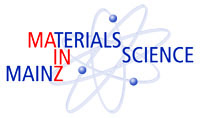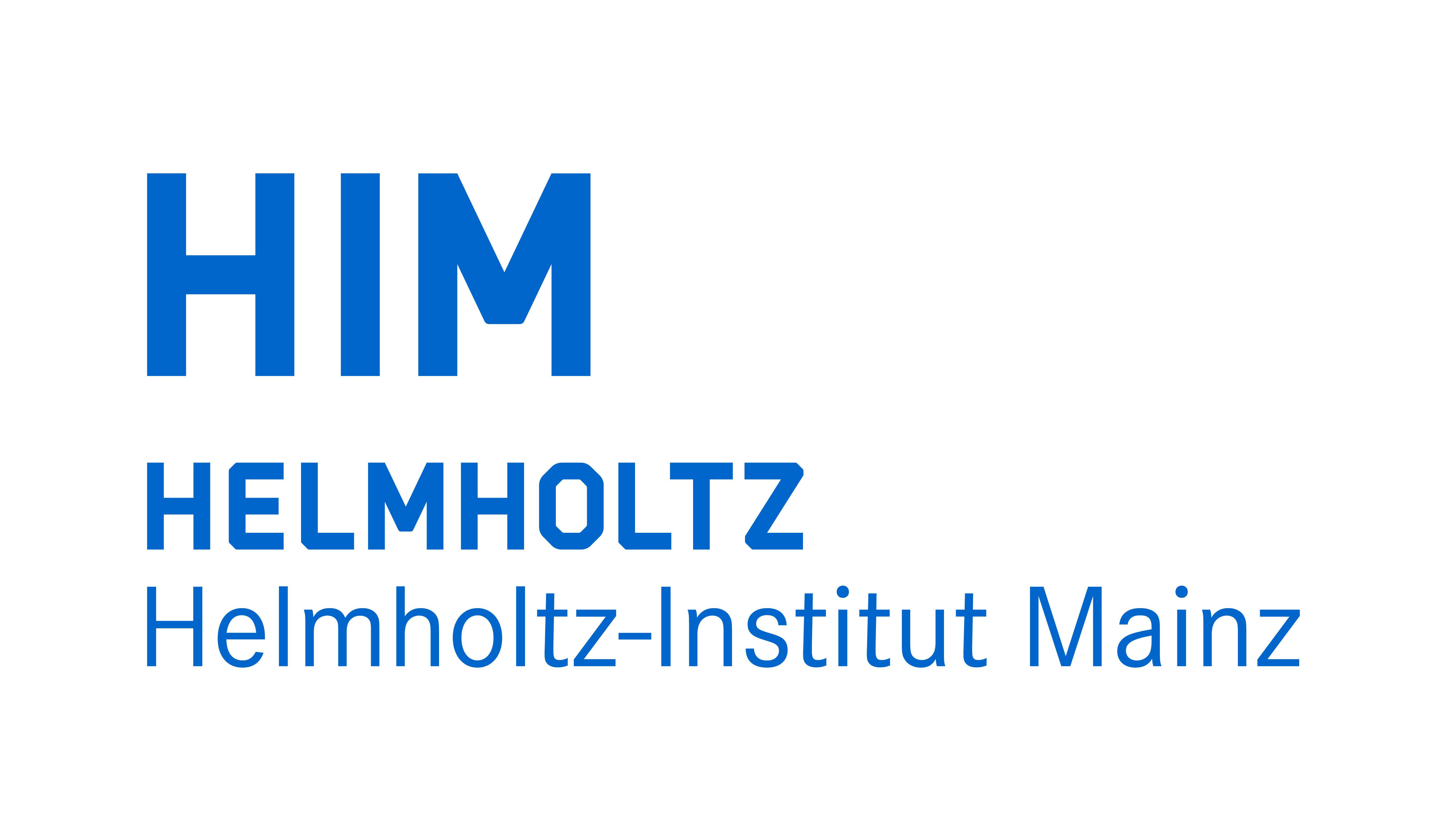


Physikalisches Kolloquium
Dec. 17, 2013 at
5 p.m. c.t.
in
Hörsaal des Instituts für Kernphysik, Becherweg 45
Prof. Dr. Alfons Weber
Institut für Physik
a.weber@uni-mainz.de
Prof. Dr. Hartmut Wittig
Institut für Kernphysik
hartmut.wittig@uni-mainz.de
Note: Mit Unterstützung der Exzellenz-Projekte MAINZ und PRISMA
Artificial Ferromagnetic Nanostructures: An Experimental Platform for Magnonics
Prof. Adekunle Adeyeye (Dep. of Electrical & Computer Engineering, National University of Singapore)
Artificial ferromagnetic nanostructures with periodic lateral contrasts in magnetization are known as “magnonic crystals” (MCs), conceived as the magnetic analogue of photonic crystals. Recently, there is growing interest in the fundamental understanding of the spin wave propagation in MCs because of their huge potential in a wide range of applications such as microwave resonators, filters and spin wave logic devices. With advances in controlled nanofabrication techniques, it is now possible to synthesize high-quality periodic bi-component magnetic nanostructures with precisely controlled dimensions. The band spectrum of MCs consists of allowed states magnonic bands and forbidden states (magnonic gaps) that can be tuned by magnetic fields or geometrical parameters. We have shown that MCs represent a perfect system for studying excitations on disordered periodical lattices because of the possibility of controlled variation in the degree of disorder by varying the applied magnetic field. We have also demonstrated functionality of magnetic logic based on a reconfigurable MC in the form of a meander-type ferromagnetic nanowire A ferromagnetic resonance method employing a microscopic coplanar waveguide was used to detect the logic state of the structure coded in its magnetic ground state